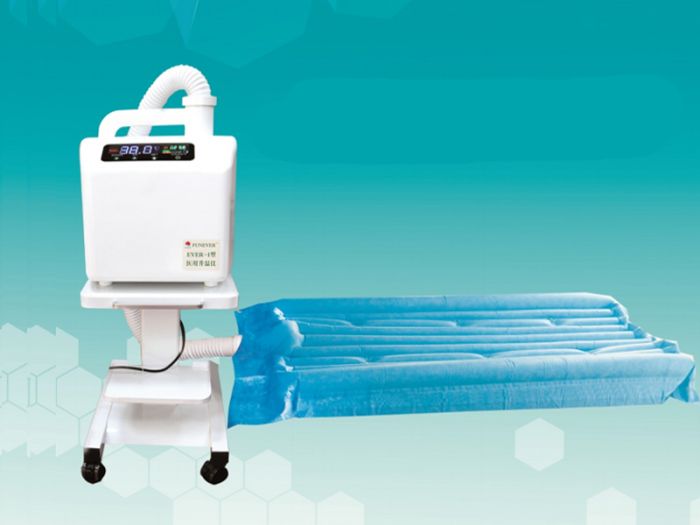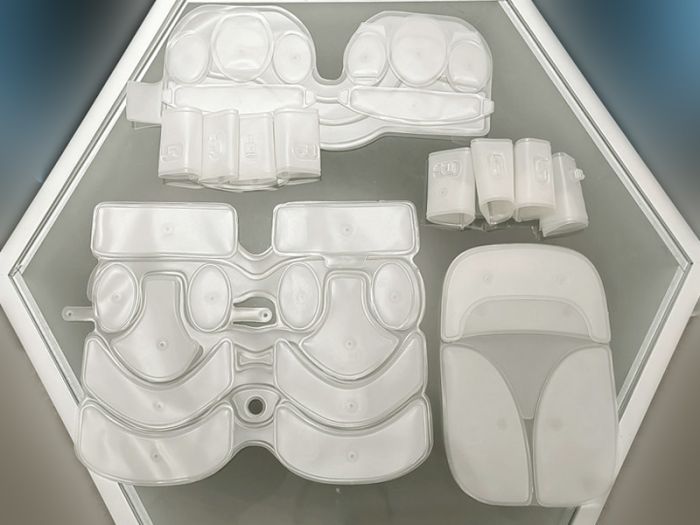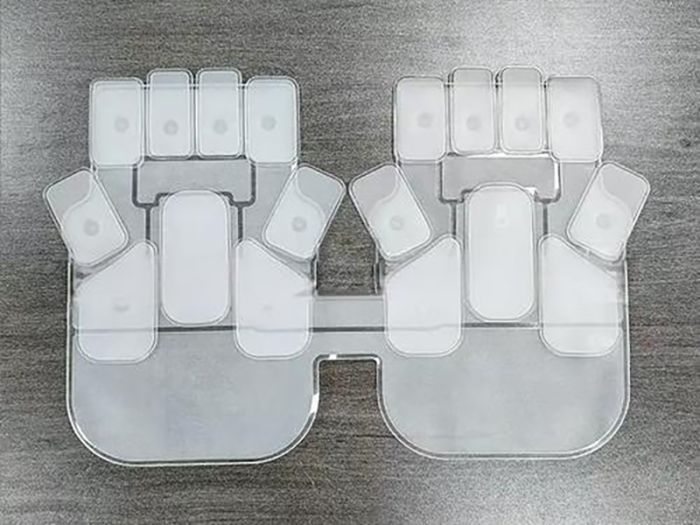The core structure, material selection and production process of medical heating blankets
Core Structure and Material Selection
Multilayer Composite Design: Medical warming blankets typically consist of a gas barrier layer and a breathable layer. The gas barrier layer employs laminated non-woven fabric to prevent heat loss, while the breathable layer utilizes composite non-woven fabric with evenly distributed pores to ensure uniform heat dispersion.
Airflow Channel Optimization: Segmented lines are created within the heating chamber via ultrasonic welding, forming multiple airflow channels. This design ensures even heat distribution across the blanket and enhances heating efficiency.
Technical Implementation and Functional Integration
Heating and Temperature Control System:
Heating elements (resistance wires, copper foil, or PTC ceramic heating elements) generate heat, while a power-driven air circulation system delivers warm air to the blanket.
Temperature control systems integrate multiple temperature sensors and safety switches for precise regulation and multi-layered protection.
Ergonomic Design:
An arched upper section exposes the patient’s neck for comfort.Customized models (e.g., upper-body, lower-body, full-body blankets) cater to diverse surgical needs and patient anatomies.
Production Process and Quality Control
Material Processing:
Non-woven fabric undergoes high-frequency wave pressing to form the blanket’s main structure.
Heating elements are integrated with controllers to establish a complete heating circuit.
Assembly and Testing:
Components (heating units, temperature sensors, control circuits) are assembled into the blanket’s main unit.
Airflow volume, temperature stability, and safety features are tested post-connection via air ducts.
Quality Assurance and Safety Measures
Rigorous Testing:
Parameters such as airflow volume, temperature fluctuation, and noise levels are verified against standards.
Epoxy-sterilized filtration systems ensure air purity.
Safety Features:
Built-in protections: over-temperature shutdown, fan malfunction alerts, and sensor failure alarms.
Mobile cart integration enhances portability and storage convenience for the main unit.




